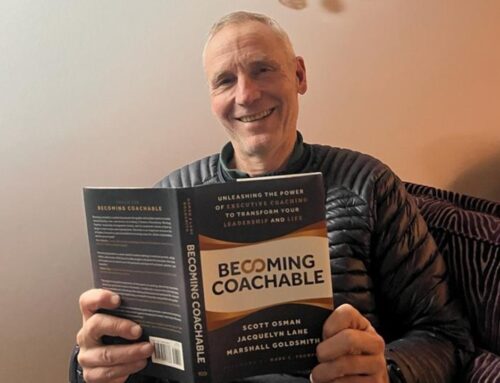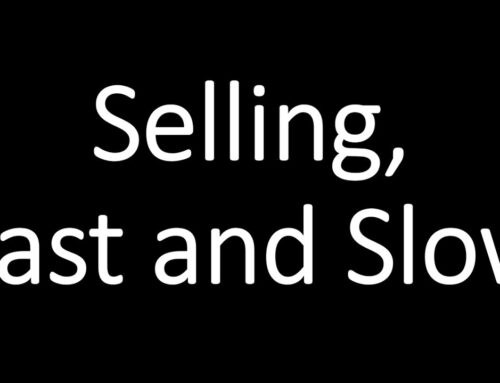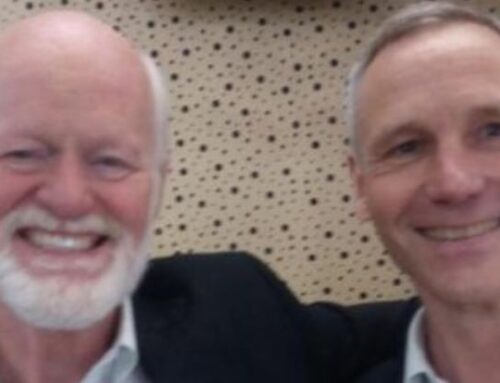More and more successful teams use retrospectives or after-action reviews to diagnose and learn from their greatest collaboration successes and failures.
What if your Start-Up team could receive a diagnosis of team strengths and blind spots, of project risks, of the need to include or exclude team members as “insurance” BEFORE embarking on your most important, mission-critical work? In fact you can.
The Research
In the 1970s the UK government funded a 7 figure experiment designed by Dr. Meredith Belbin to uncover the secrets of team collaboration and performance. The first hypothesis tested was that the highest IQ teams would perform best. OOPS! The opposite was in fact the case with these highly intelligent (think PhD’s) Apollo teams. The smartest teams actually performed worst. If your leadership team is packed with highly intelligent members, please read on!
Next Dr. Belbin and his research team worked to define different team roles based on observable behavioral preferences. Splitting the Henley Business School class into observers and players, the players competed in teams against each other in a business simulation with a measurable outcome while the observers recorded every few minutes the demonstrated behavioral preferences of players.
Based on tens of thousands of observations and the hypothesis that too little or too much of any observable behavioral preference will negatively impact team performance, Dr. Belbin force ranked 40 teams in 6 competitions based on the Belbin Team Role behavioral preferences of the players.
His results were and still are shocking: team composition including the availability or lack of behavioral preference diversity enabled a statistically significant forced ranking of team success.


The Practical Application for Team Diagnosis
My own experience working in or with 65 companies and accompanying hundreds of teams and successful leaders with Belbin profiles, both as a team coach and as a Lean Six Sigma Master Black Belt coaching mission-critical teams has been positively impacted by Dr. Meredith Belbin’s work as well as the work of Max Isaac. How have team maps specifically enabled great teams to become awesome?
The Green/Yellow/Red title picture contains percentile data between 1 and 100 from Belbin Team role reports for each person on the 9 Belbin Team Roles. Belbin’s research determined that all 9 roles are essential for team success. Describing the Belbin Team roles is beyond the scope of this article; many video introductions are available if you Google Belbin.
According to Dr. Belbin a world class, high performance team has at least one member in the top quartile for each of the 9 roles. For the first Start-Up Executive team above with Fred, George, Joey, Mark and Susie (names changed to protect the innocent) only 3 of the 9 roles are represented in the top quartile. A team map is a very quick and quantified analysis if the right people are on the bus. The good news is the individual players can also grow their scores, especially the most preferred roles with some minutes of regular practice.
In the 2 person team with Sarah and Bill (bottom of the title image), 5 of the 9 roles are in the top quartile. Belbin was instrumental in helping this team of 2 highly diverse leaders to recognize their diversity and undertake the necessary deep work to appreciate and harvest the value from strong differences. My own experience and that of many leaders is that learning to make space and appreciate differences requires a large effort and has an even larger and long-lasting payoff. Belbin helped me to learn to not be consumed in my own frustration, and rather to appreciate those whose behavioral preferences are starkly different than my own. Collaborating with them covers my own blind spots and helps them and the team. Like adding 1 + 1 and getting 10!
Dr. Belbin also discovered that too much of a role can also negatively impact team performance. And how to address this.
Self-Awareness and Team Performance
An unexpected and useful output of Belbin Team Role profiling, as compared with other online self-evaluation versions of MBTI, Strengthsfinders, DISC or Insights is that Belbin provides both self-perception and observer perceptions. Misalignment between how we see ourselves and how others see us carries many costs as self-awareness global expert Tasha Eurich outlines in her 3.7 million views TedX and her research based guidebook to increased self-awareness book Insight.
Think of receiving an amazing gift and never opening it. This happens when a leader underestimates a Team Role preference. Belbin makes transparent in an autonomous way observer perceived differences between self and observer perceptions by role and by observer. One of the greatest joys I experience as an Executive and Team Coach is when I accompany others to open their gifts. Equally rewarding is when the opposite occurs, that is a leader themself prefers a role much more than the observers perceive their behavioral preference.
Below is an example from an actual Belbin report from a leader who significantly underestimates and overestimates their Team Role preference as compared with the perception of the observers. The good news is that alignment, with some simple work, can be measurably improved and that this often increases the values for the strongest roles.

Focus on Building Your Strengths
People don’t change that much. Don’t waste time trying to put in what was left out. Try to draw out what was left in. That’s hard enough. Marcus Buckingham
Trying to get employees to fix their weaknesses doesn’t work. Weaknesses can’t be developed much at all – but employees’ strengths can be developed infinitely. Gallup, Inc.
Belbin Team Role profiling is a celebration of our diversity. All nine roles are essential to creating a highly effective team. After completing 10 Belbin profiles over 16 years my least preferred roles are still my lowest in terms of a percentile value. I have learned to seek colleagues for whom these roles come naturally and are easy. And thanks to the unlimited growth potential unleashed from a combination of better self-awareness and alignment with my observers an increasing number of top quartile percentile scores ( for 2, 3 even 4 roles) are possible.
Bill Zeeb and the infinitas team help successful leaders and teams to be recognized and acknowledged by their coworkers as measurably more effective in 12 months or less. Guaranteed. Bill’s passion is to find and share a better way to leadership growth leveraging the scientific method and a highly structured and highly time efficient process proven with hundreds of CEO’s. A US citizen, who has lived and worked in Europe since 1990, Bill loves skiing 100+ days in one season, competing in extreme triathlons (first ever podium Alpes d’Huez 2019) and working with leaders who are ready to do the hard work to achieve extreme leadership and business growth, to better serve their teams and become better ancestors.




